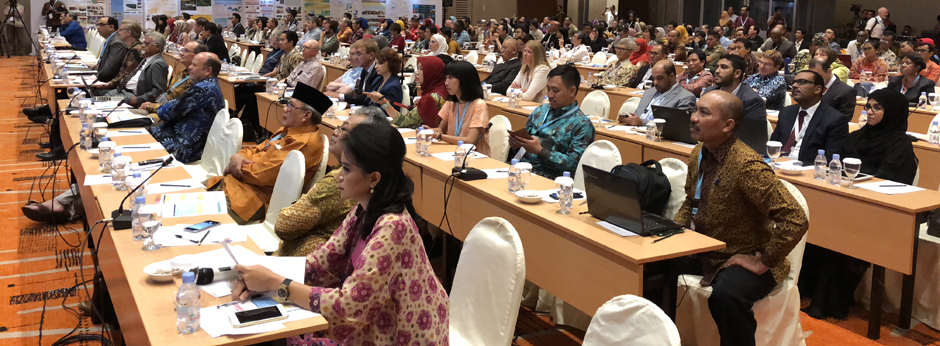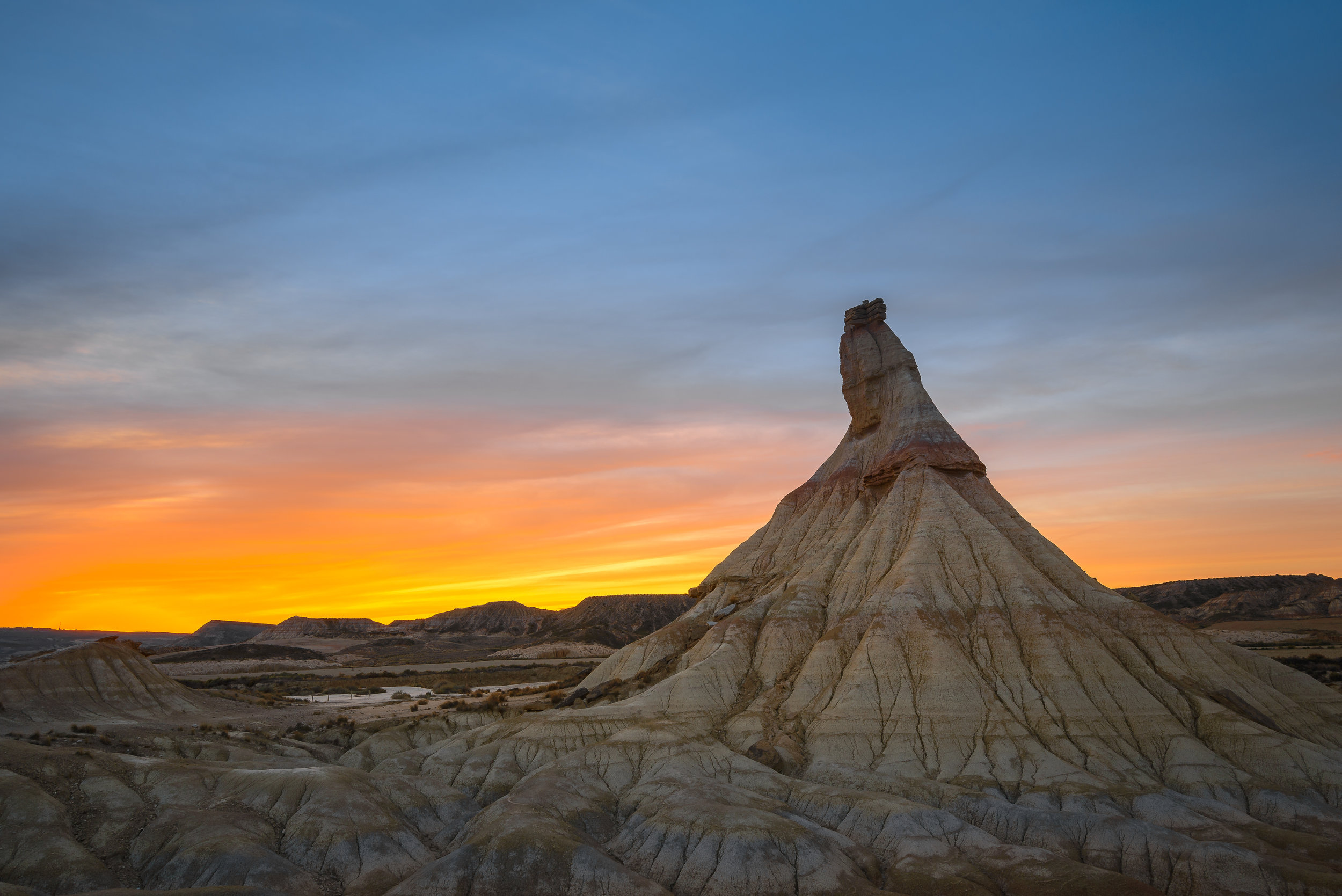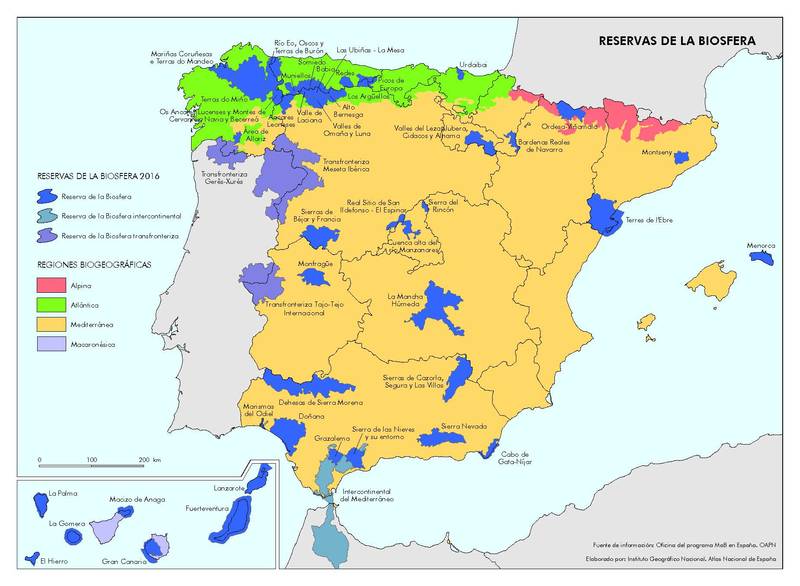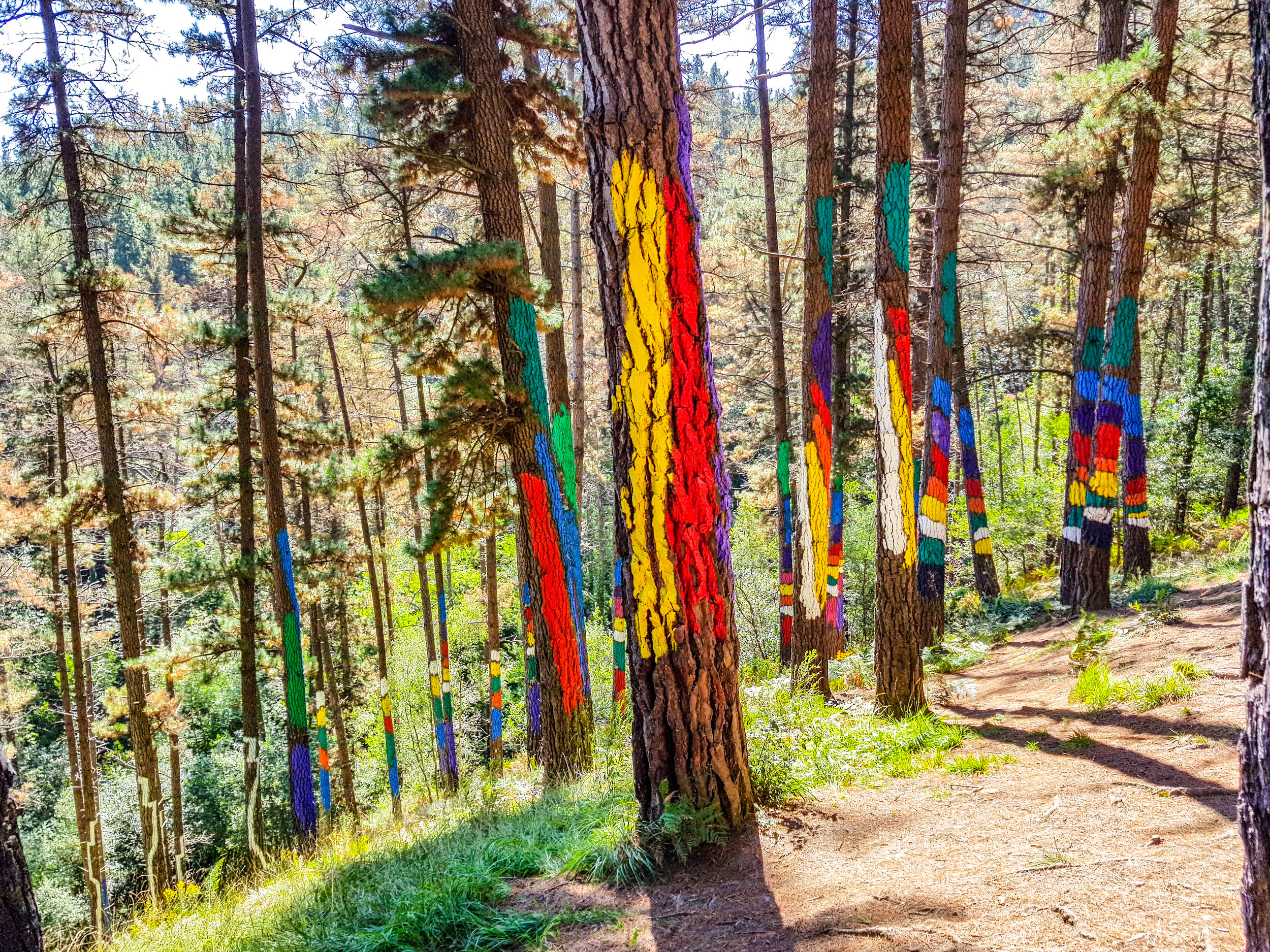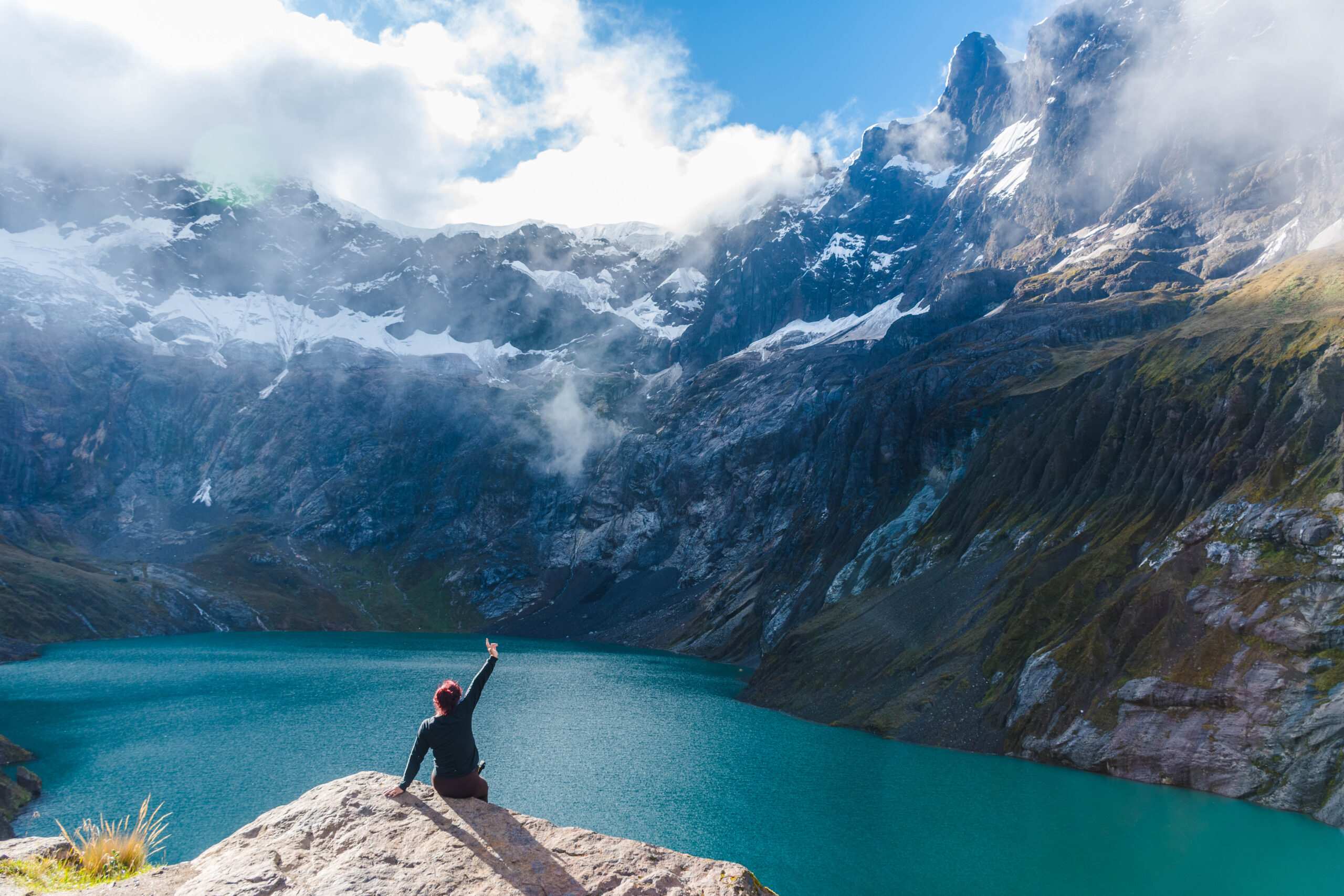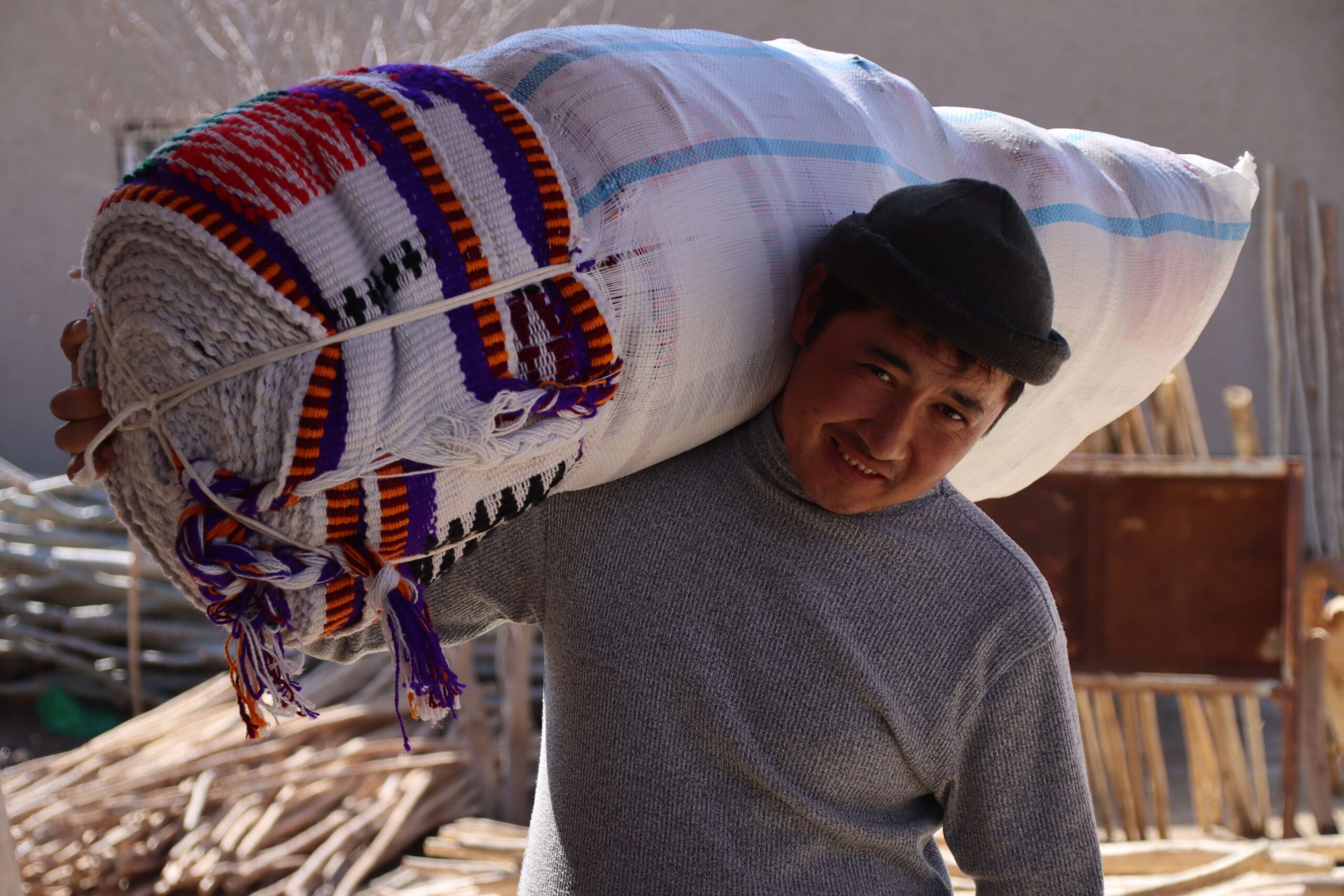PICTURED: The Committee in session at the 31st bi-annual meeting of the UNESCO MAB Program.
Paris, France. June 18th, 2019. The 31st bi-annual meeting of the UNESCO Man and the Biosphere Program convenes this week in the UNESCO headquarters building in Paris.
Launched in 1971, UNESCO’s Man and the Biosphere Program (MAB) is an intergovernmental scientific program that aims to establish a scientific basis for the improvement of relationships between people and their environments.
MAB combines the natural and social sciences, economics and education to improve human livelihoods and the equitable sharing of benefits, to safeguard natural and managed ecosystems, thus promoting innovative approaches to economic development that are socially and culturally appropriate and environmentally sustainable.
Its world network of Biosphere Reserves currently counts 686 sites in 122 countries all over the world, including 20 transboundary sites which aim to improve working relations between countries by jointly entrusting the protection and management of a site to two or more different states.
These include iconic ecosystems such as the Black Forest in Germany, Mount Olympus in Greece, many of America’s National Parks such as Big Bend and Olympic, and Kruger National Park in South Africa.
Very similar in nature to the network of UNESCO World Heritage Sites, which tend towards places and buildings of remarkable historical and cultural value, having an ecosystem designated a UNESCO Biosphere Reserve is a boon to tourism. It also affords additional resources and funding for the protection of that ecosystem from the dues which UNESCO member states contribute.
PICTURED: Castildetierra rock at Bardenas Reales biosphere reserve, Navarre, Spain
31st Meeting
In 2017, the last time the committee on MAB met, 24 new biosphere reserves were ensconced in the already extensive list which included the Black Forest and the Altai Mountains, a transboundary reserve which was the mythical birthplace of the Mongols and dozens of other nomadic central and east Asian peoples who still consider it holy today.
This time around, 14 sites have been recommended based on reports submitted by the respective home nations to be approved and added to the list of biospheres. These include 3 reserves in Spain, which is seeking to improve the capacity for the endangered iberian lynx, a rare wildcat species which can be found along the rivers of La Siberia – one of the proposed ecosystems.
Two Swedish sites have been submitted, while two more in South Korea and Indonesia have also been recommended. The summary of all submitted ecosystems can be found here.
For Spain to have a large number of approved sites is no novel phenomenon. The Iberian nation has been adding Biosphere Reserves to their country for decades.
PICTURED: The extensive system of Spanish Biosphere Reserves.
The Rain in Spain
While it may not be one’s first guess, Spain plays a remarkable role in the MAB program; as much if not more so than any other nation.
While equally-sized colleagues like Germany, France, and Italy carry between 14-17 Biosphere Reserves, Spain is host to a whopping 49 sites – more even than the Eurasian giant Russia who themselves have 45.
Now in 2019, that number would grow to 52 if all three recommended sites are approved. Even without the class of 2019, Spain has more Biosphere Reserves than any other nation on earth. This affords them unequaled support in funding and research coordination from other member states.
The 2019 Michel Batisse Award along with a grant of $12,000 was given to the Spanish researcher Mr. José Santiso for “his case study on the ‘Food plan of the “Mariñas Coruñesas e Terras do Mandeo” Biosphere Reserve as a tool for the creation of local employment, the promotion of biodiversity, and the mitigation of climate change”.
PICTURED: Trunks of painted pine in El bosque de Oma, Urdaibai Biosphere Reserve, Bizkaia, Spain.
It seems strange to think but if one were looking to experience European wilderness, you could do far worse than visiting the MAB king – Spain. Its unbelievable collection of different terrain and ecosystems reflect its multi-cultural heritage.
The diverse climate and topography is home to wildlife of all sorts from the diminutive Valverde wall lizard to the iberian lynx, and the commitment the Spanish government affords its landscapes is a testament to the spirit of what the MAB program is all about.
